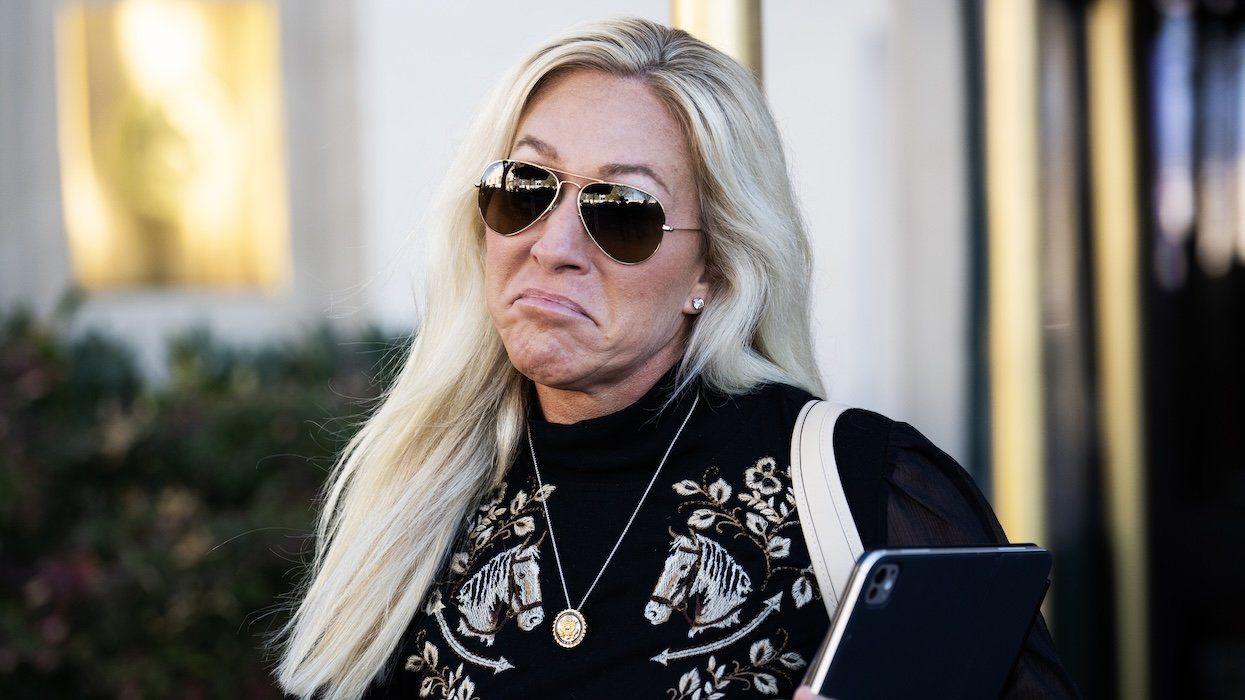CONTACTAbout UsCAREER OPPORTUNITIESADVERTISE WITH USPRIVACY POLICYPRIVACY PREFERENCESTERMS OF USELEGAL NOTICE
© 2025 Equal Entertainment LLC.
All Rights reserved
All Rights reserved
Scroll To Top 


































![]()
By continuing to use our site, you agree to our Privacy Policy and Terms of Use.
 
Military recruitment art and advertising that used military images were produced by men to appeal to men. Sweaty, shirtless men in intimate situations with other sweaty muscular men were rendered to attract impressionable men of age to enlist. So why do they look so homoerotic to the modern eye? Was that the intent? Certainly, artists like J.C. Leyendecker were openly gay. What about McClelland Barclay?
Like this stuff? See the first in our series on The Golden Age of Denial: Bible Porn.
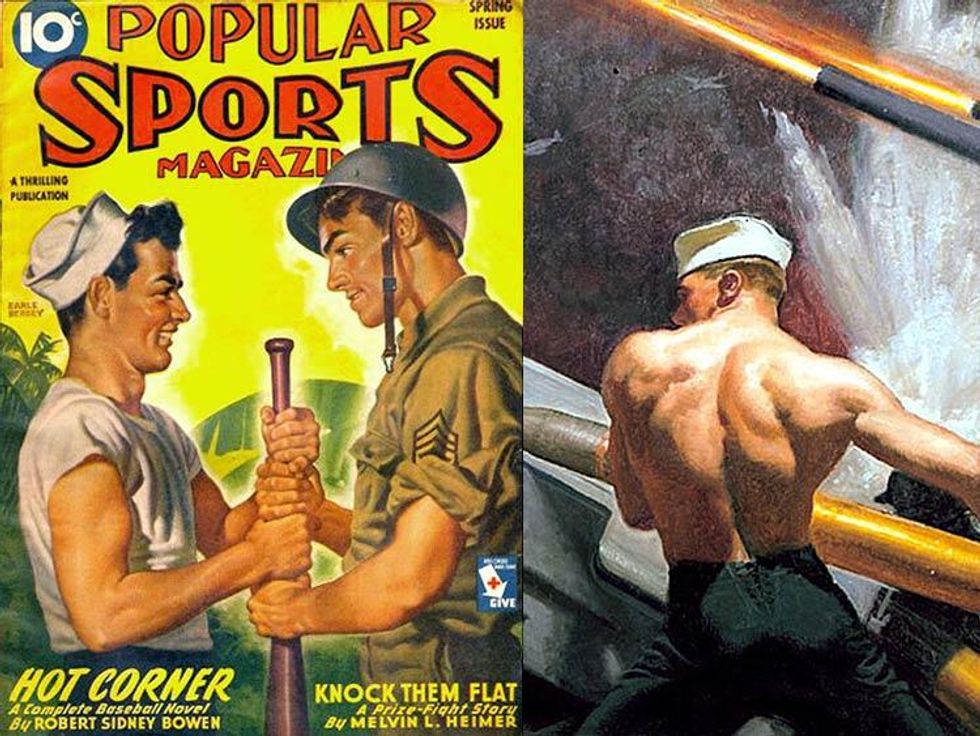
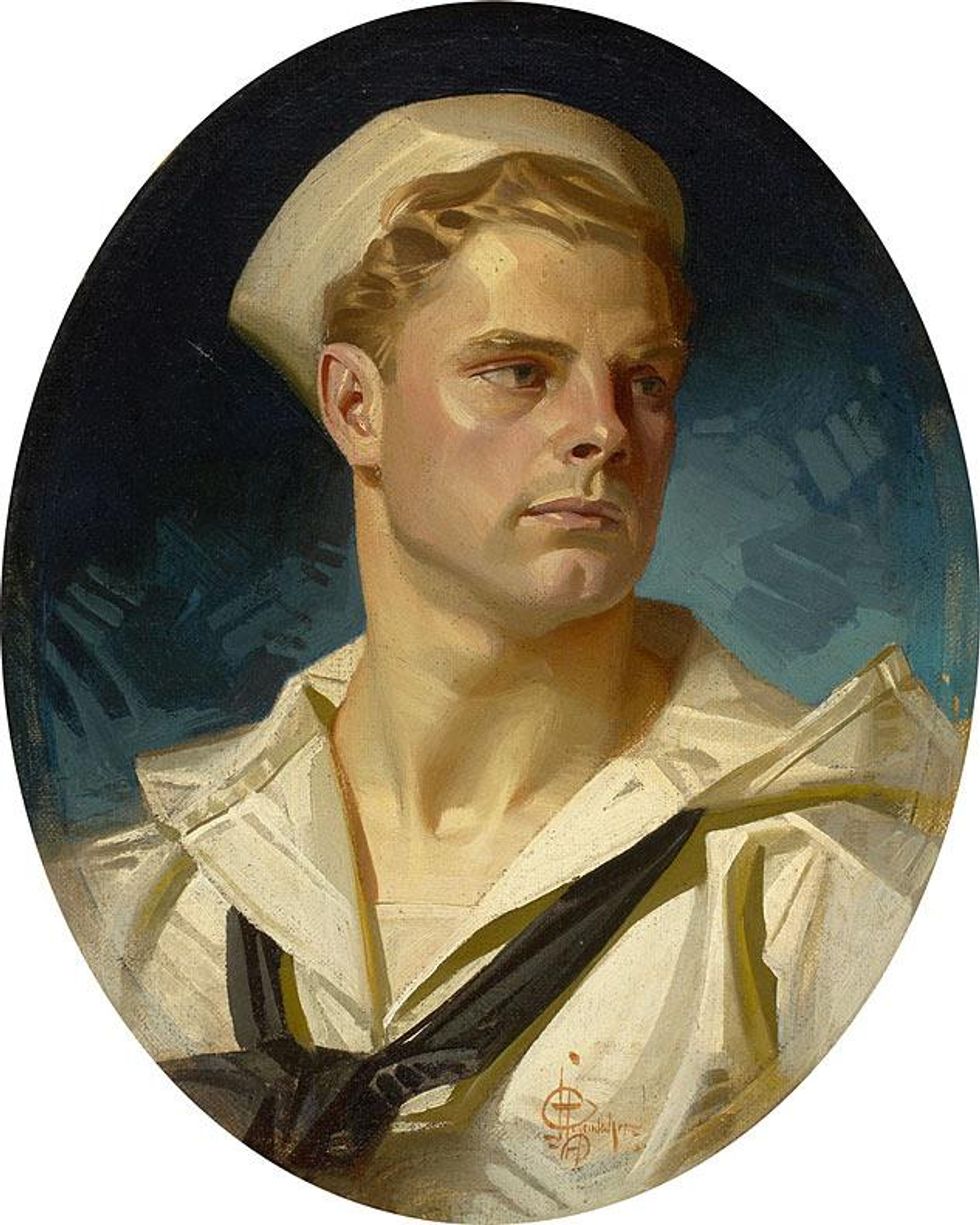
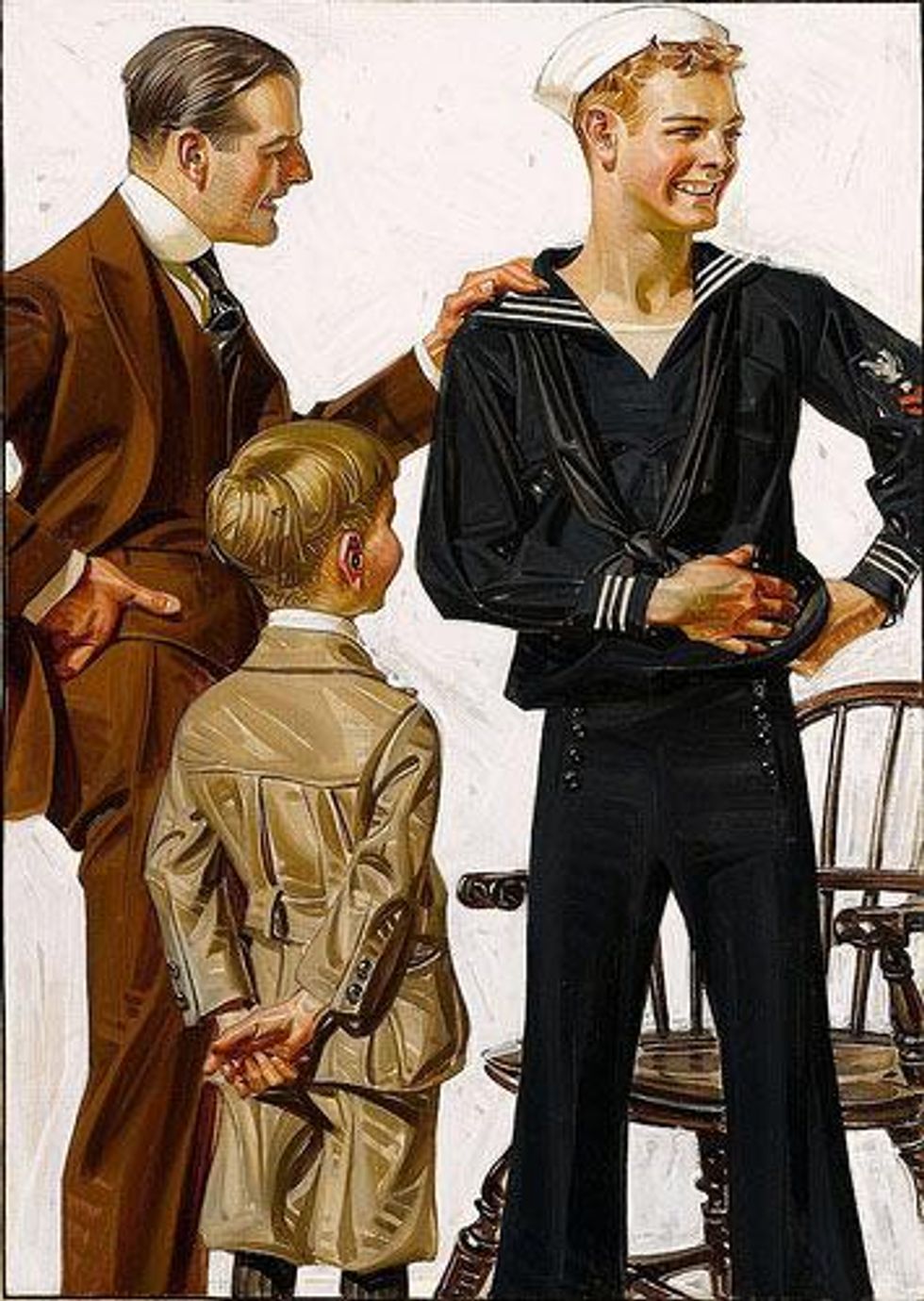
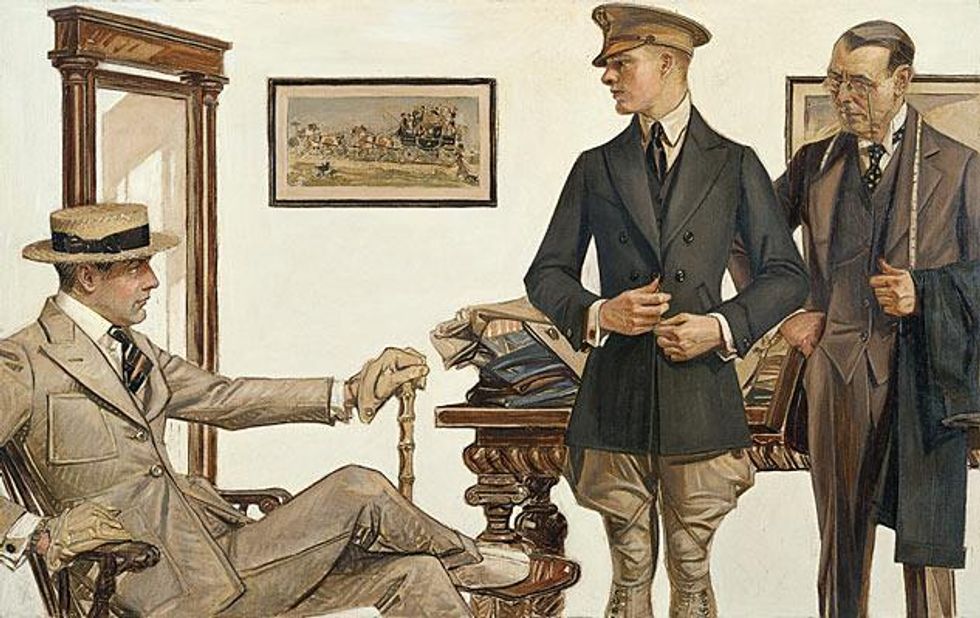
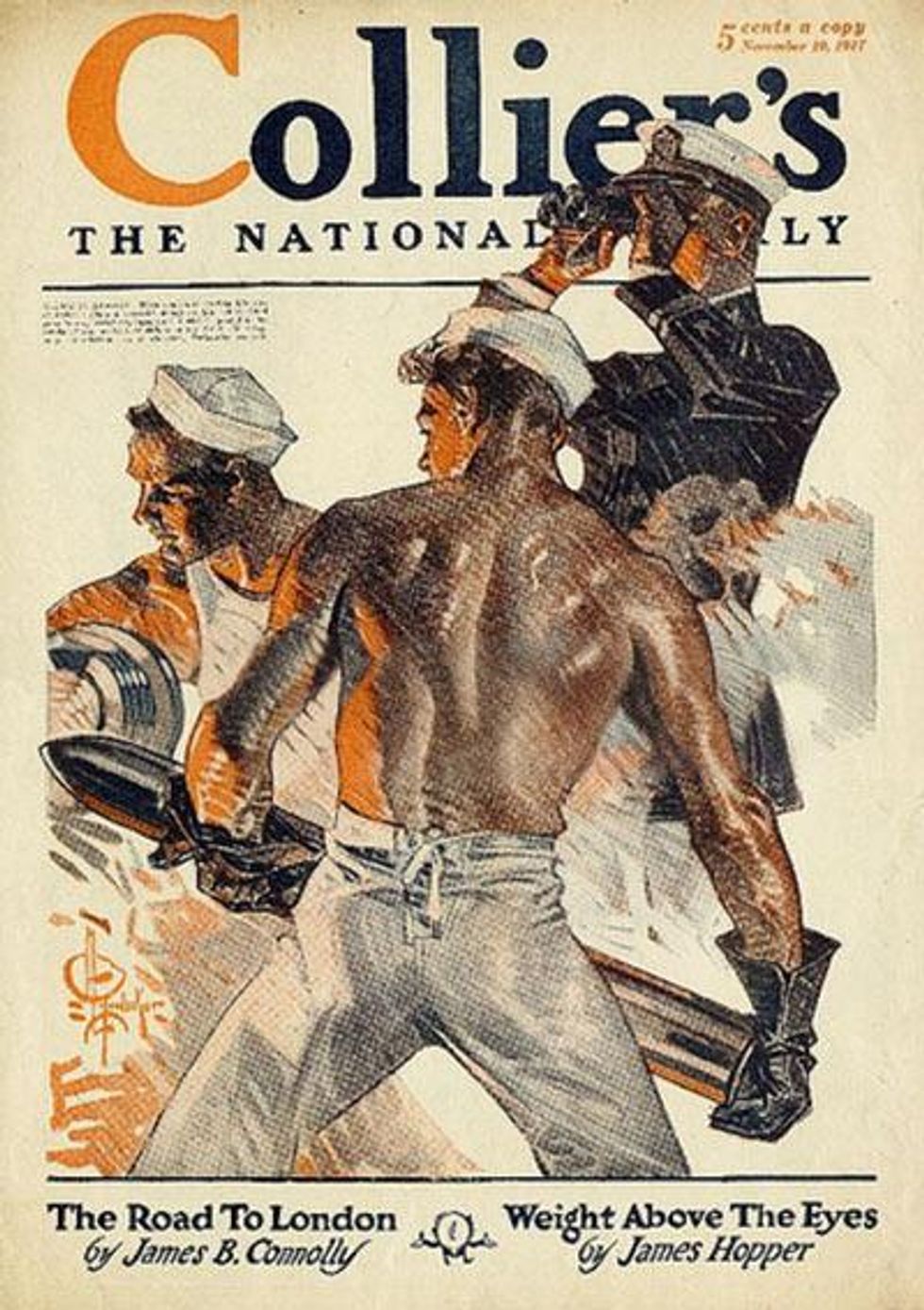
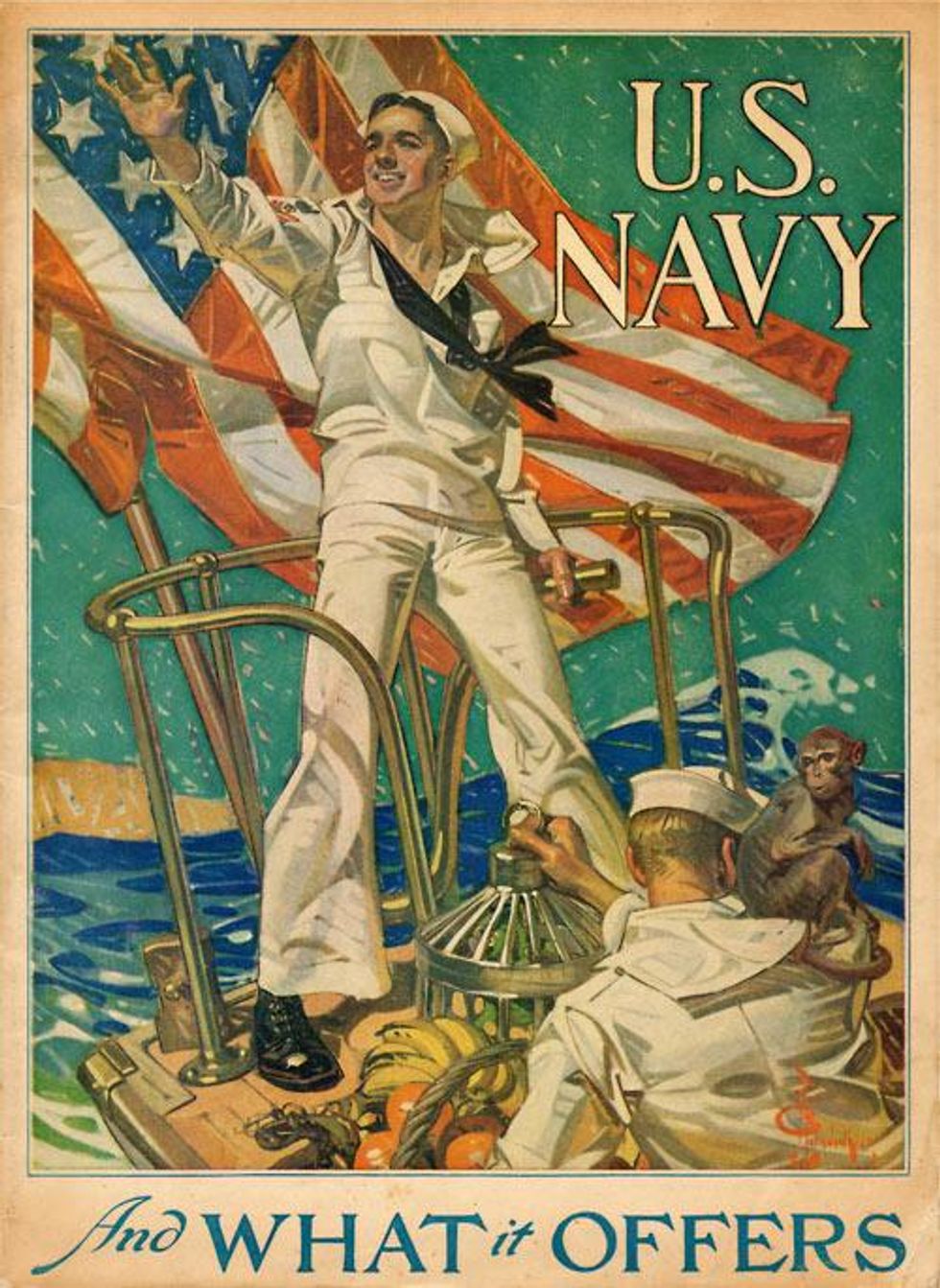
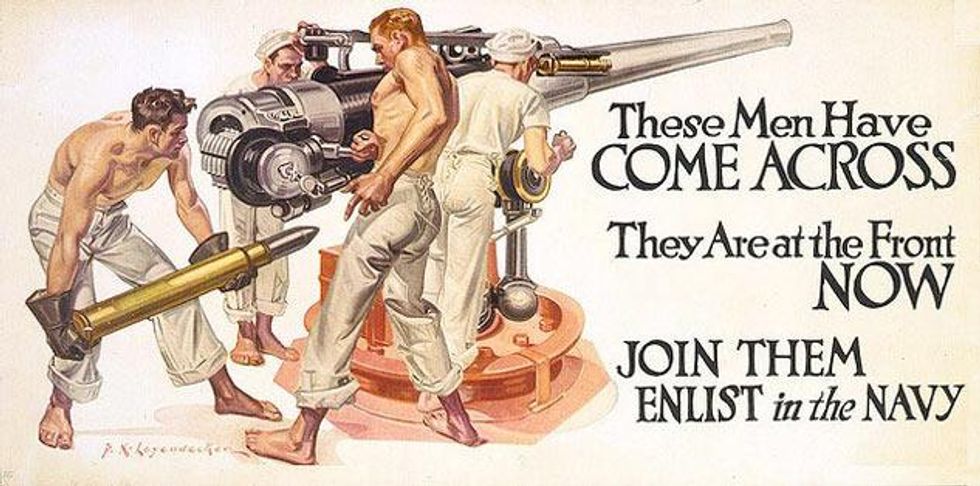
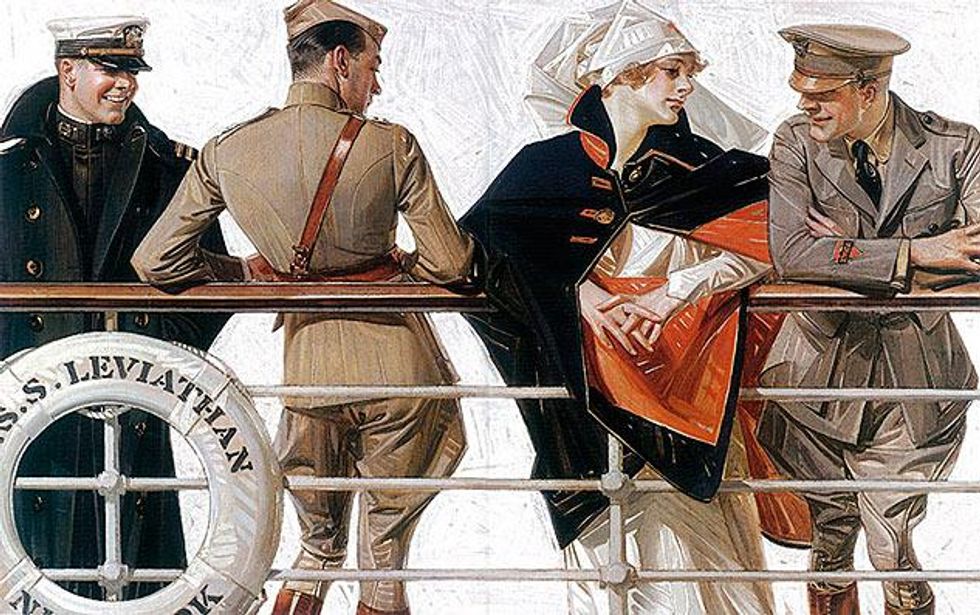
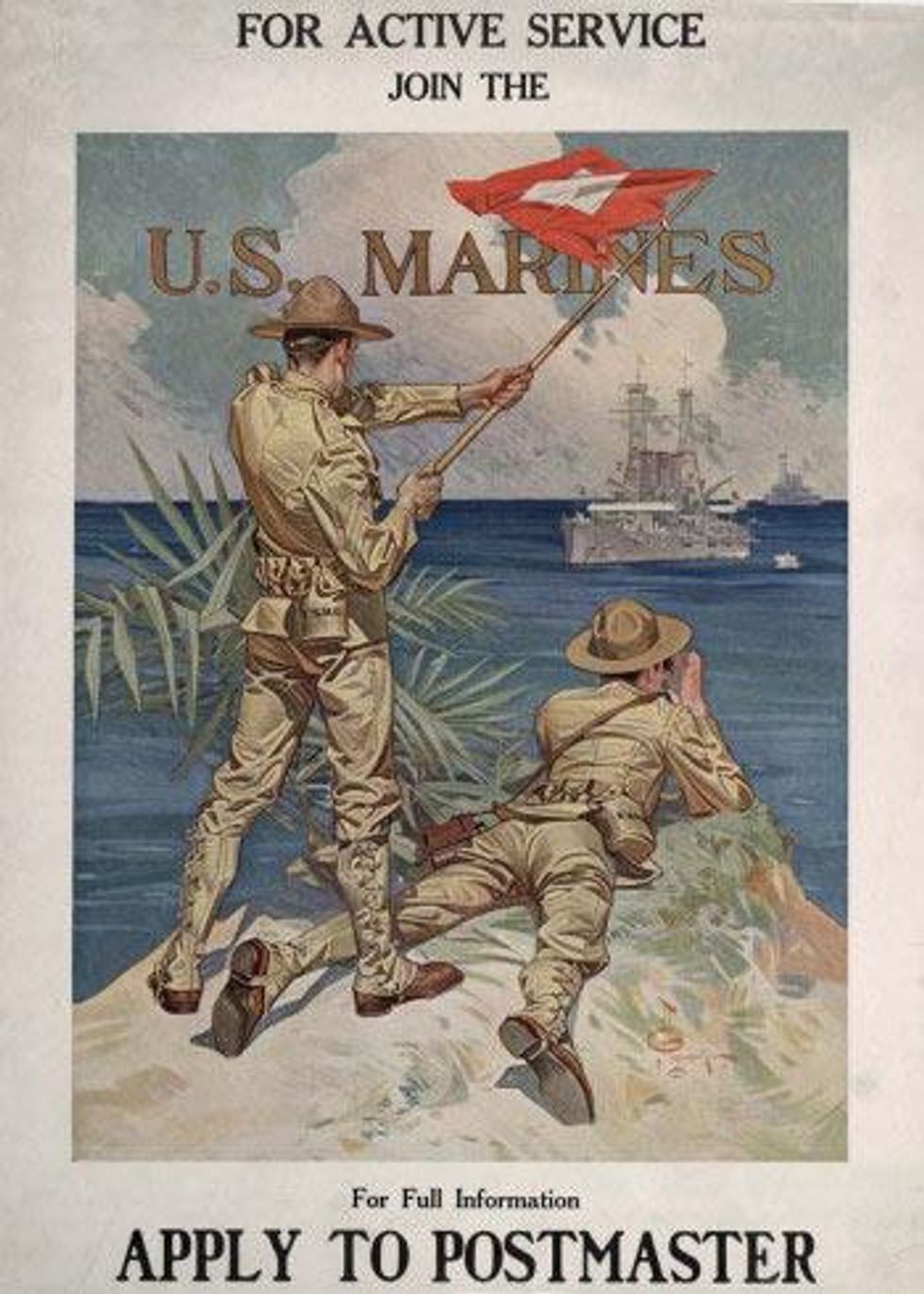
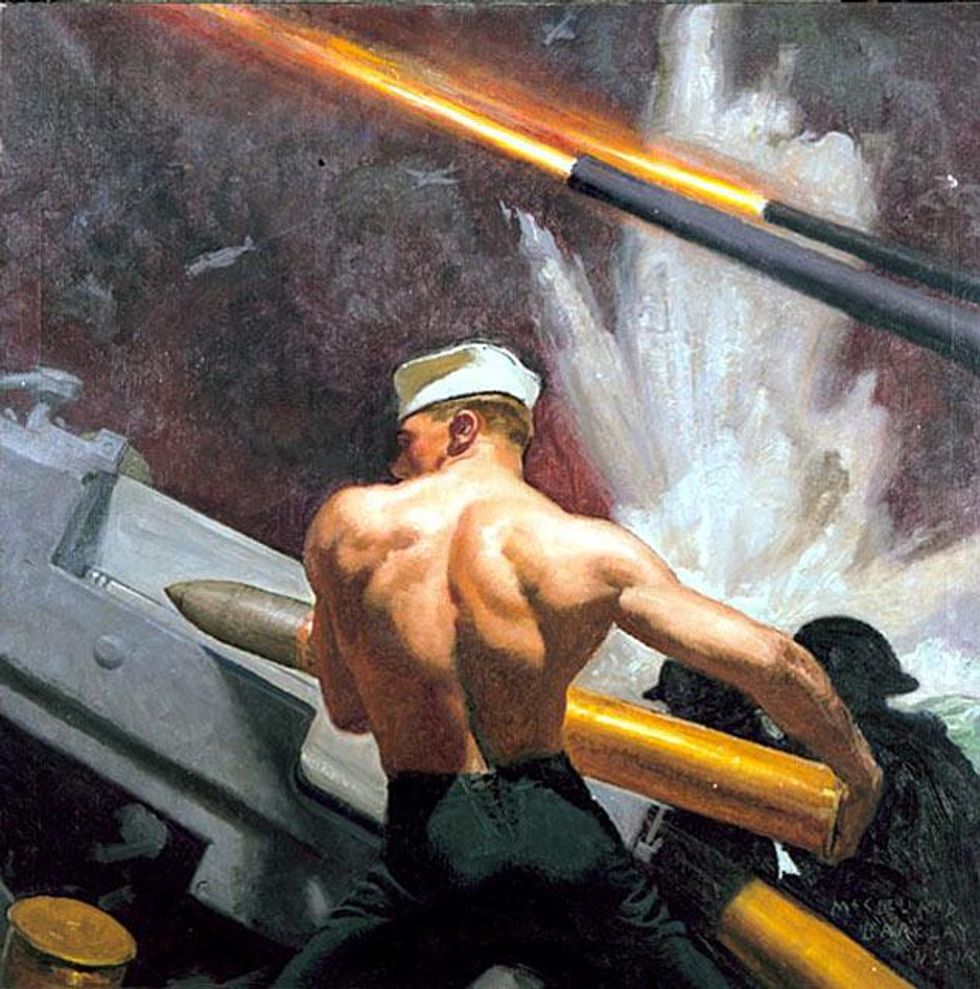
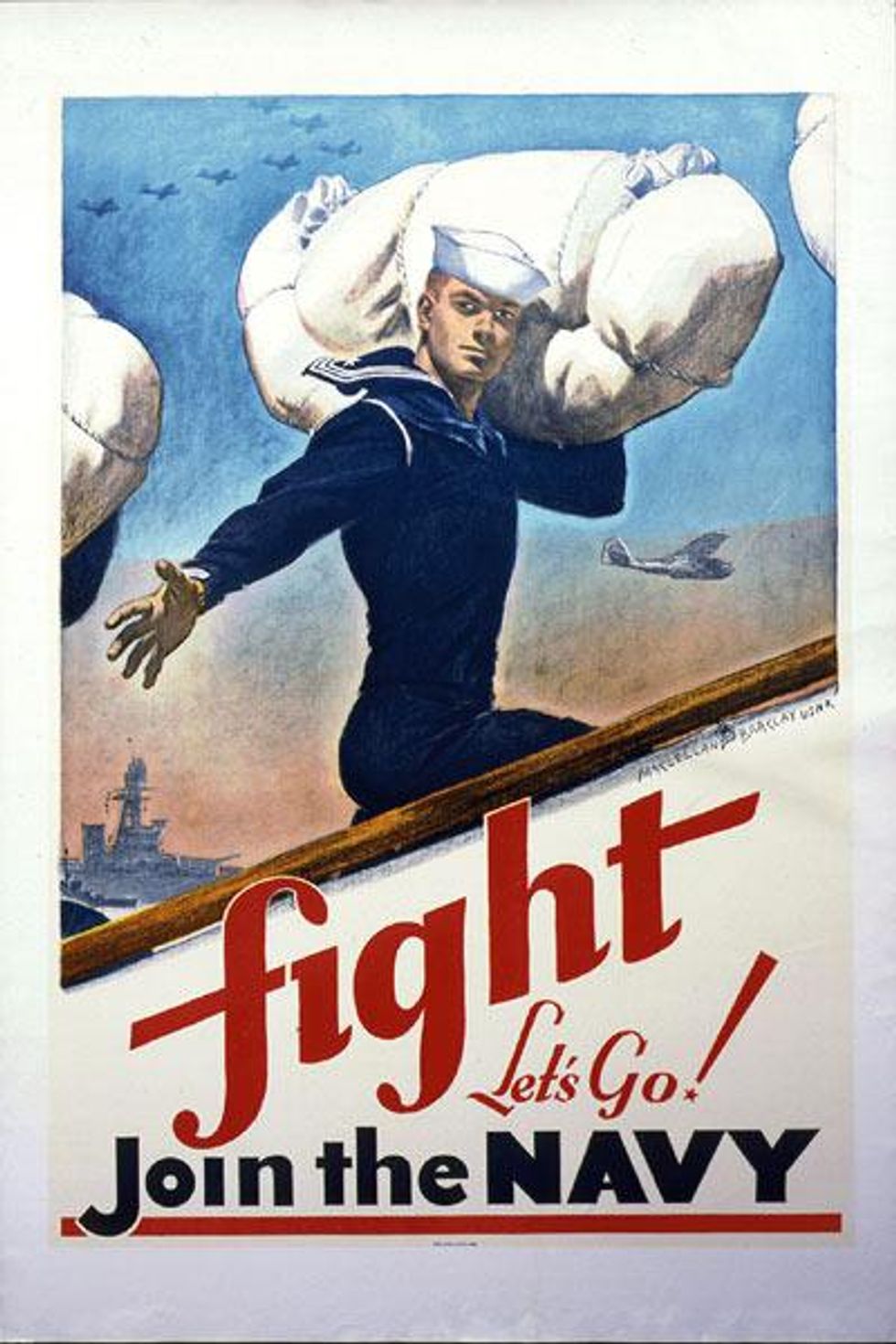
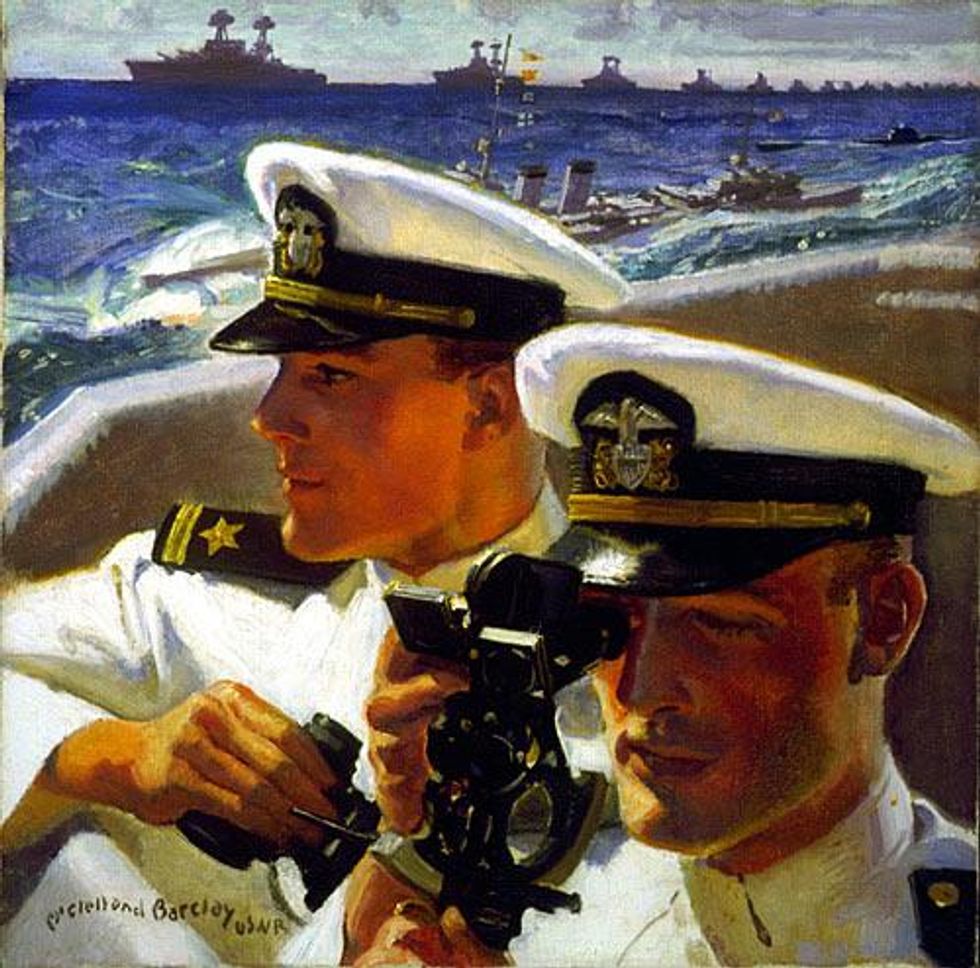
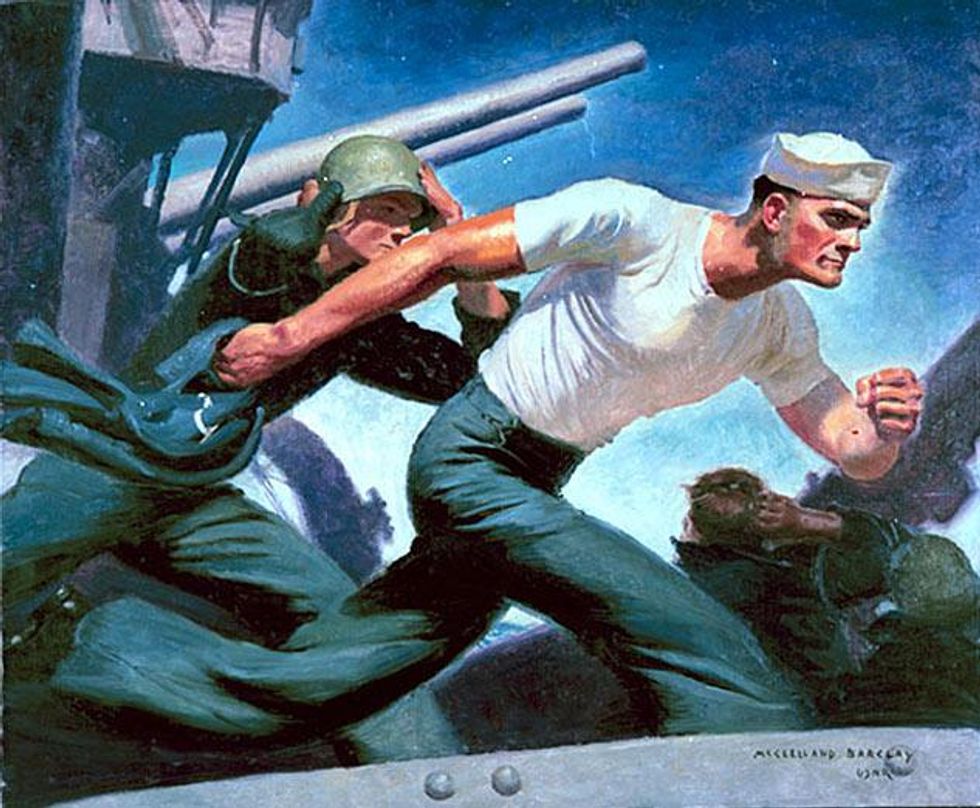
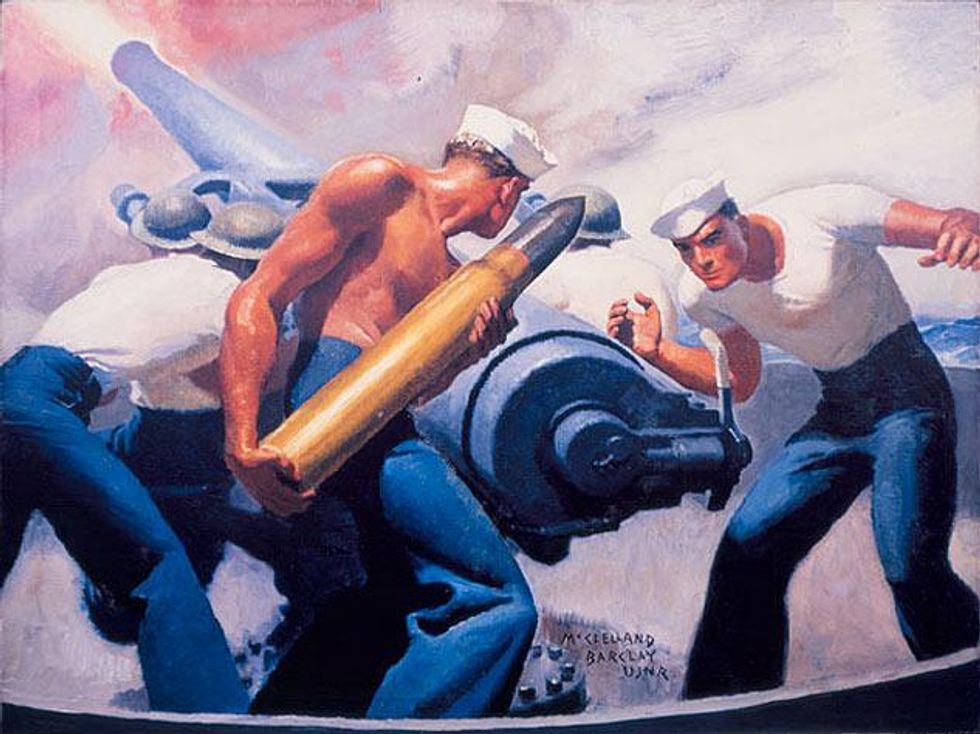
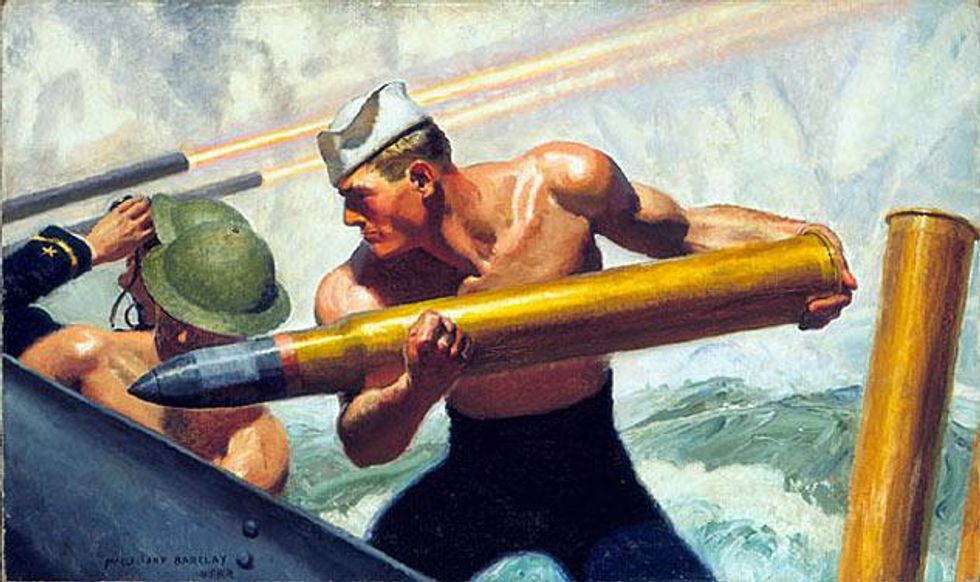
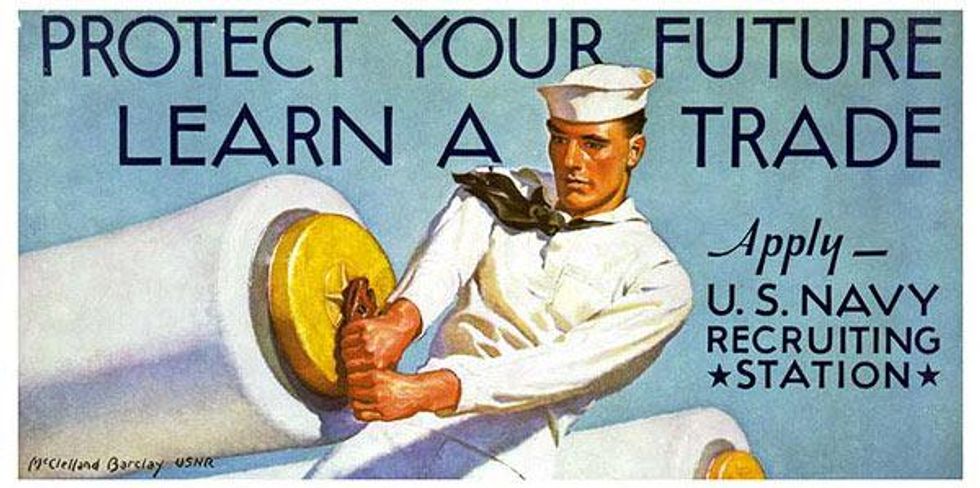
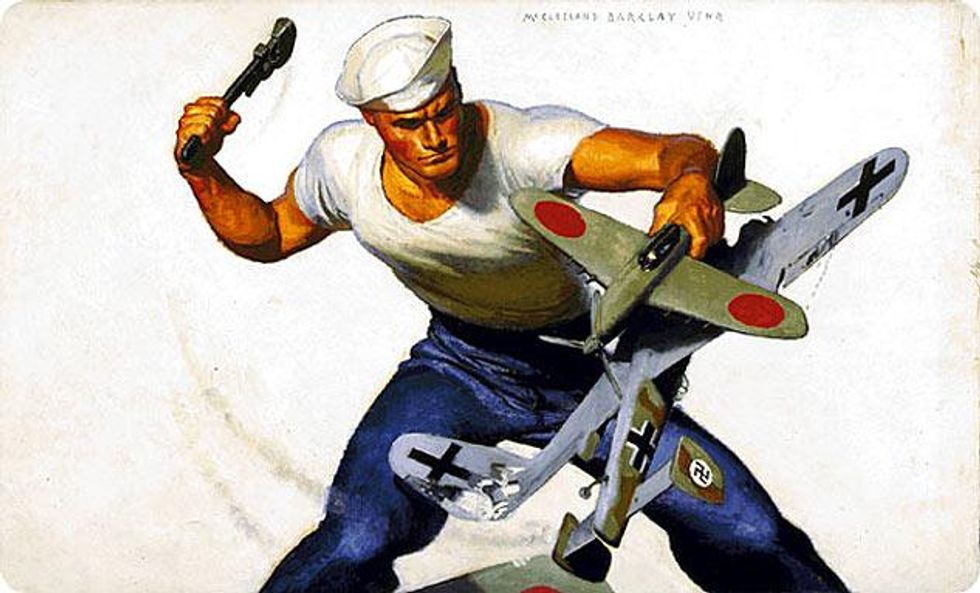
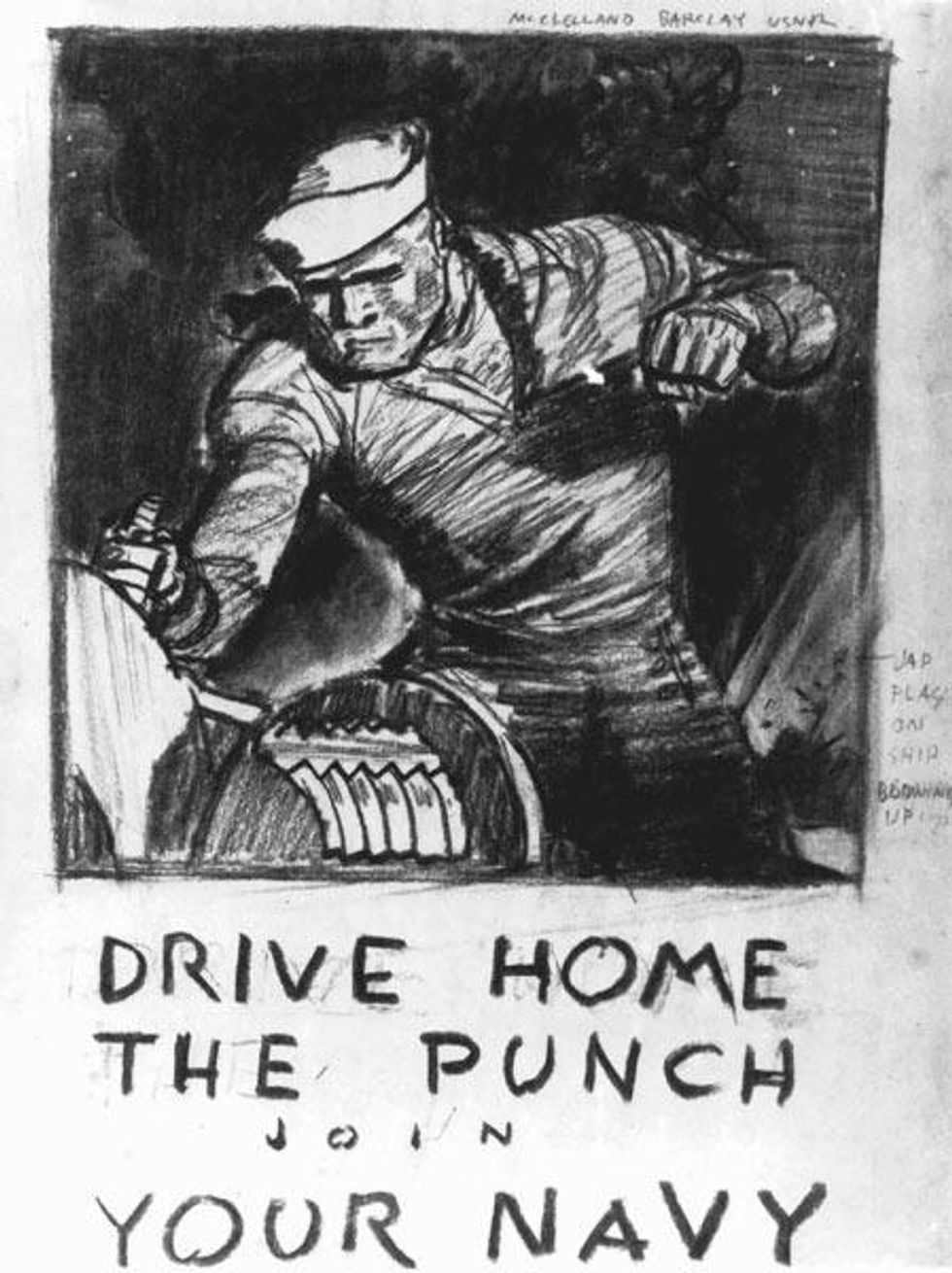
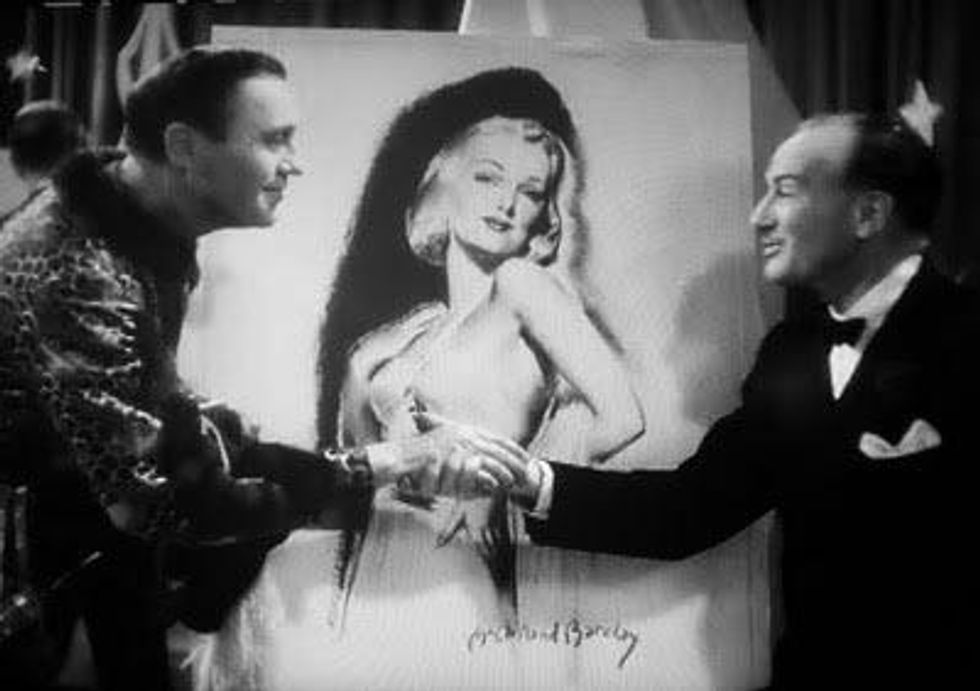
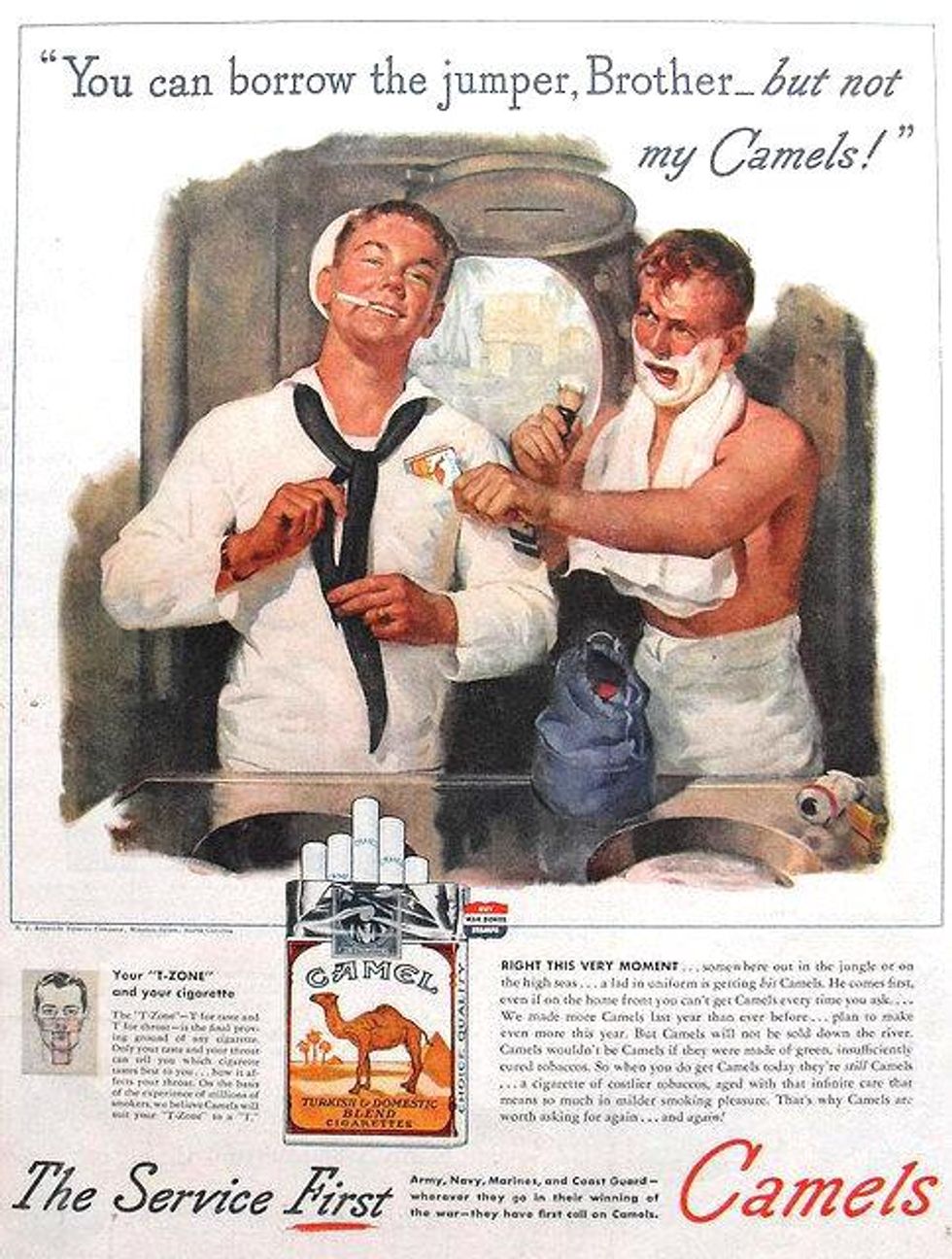
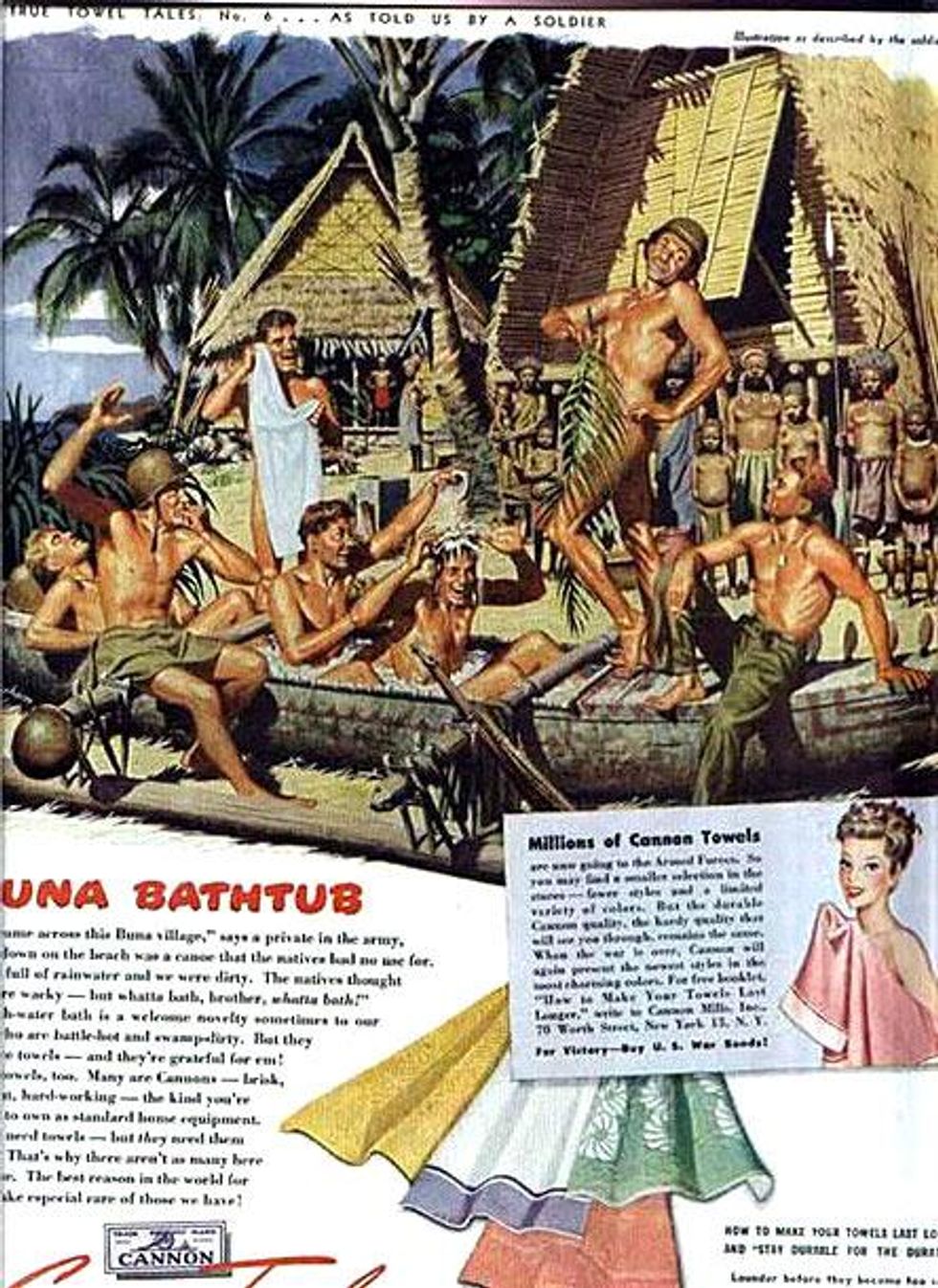
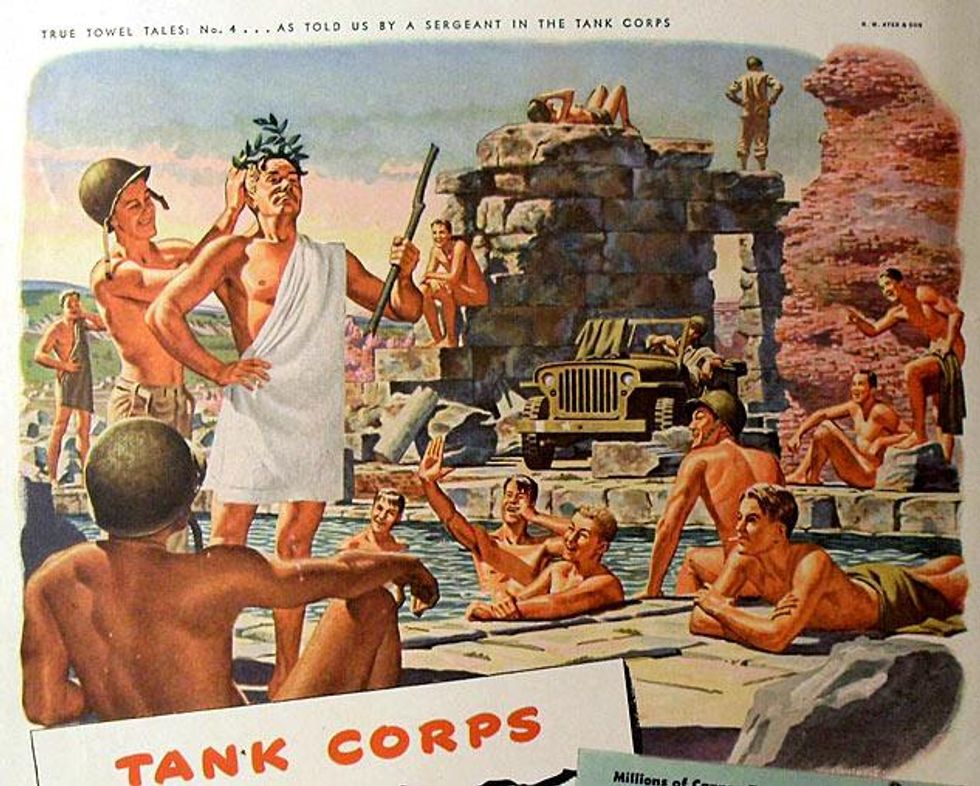
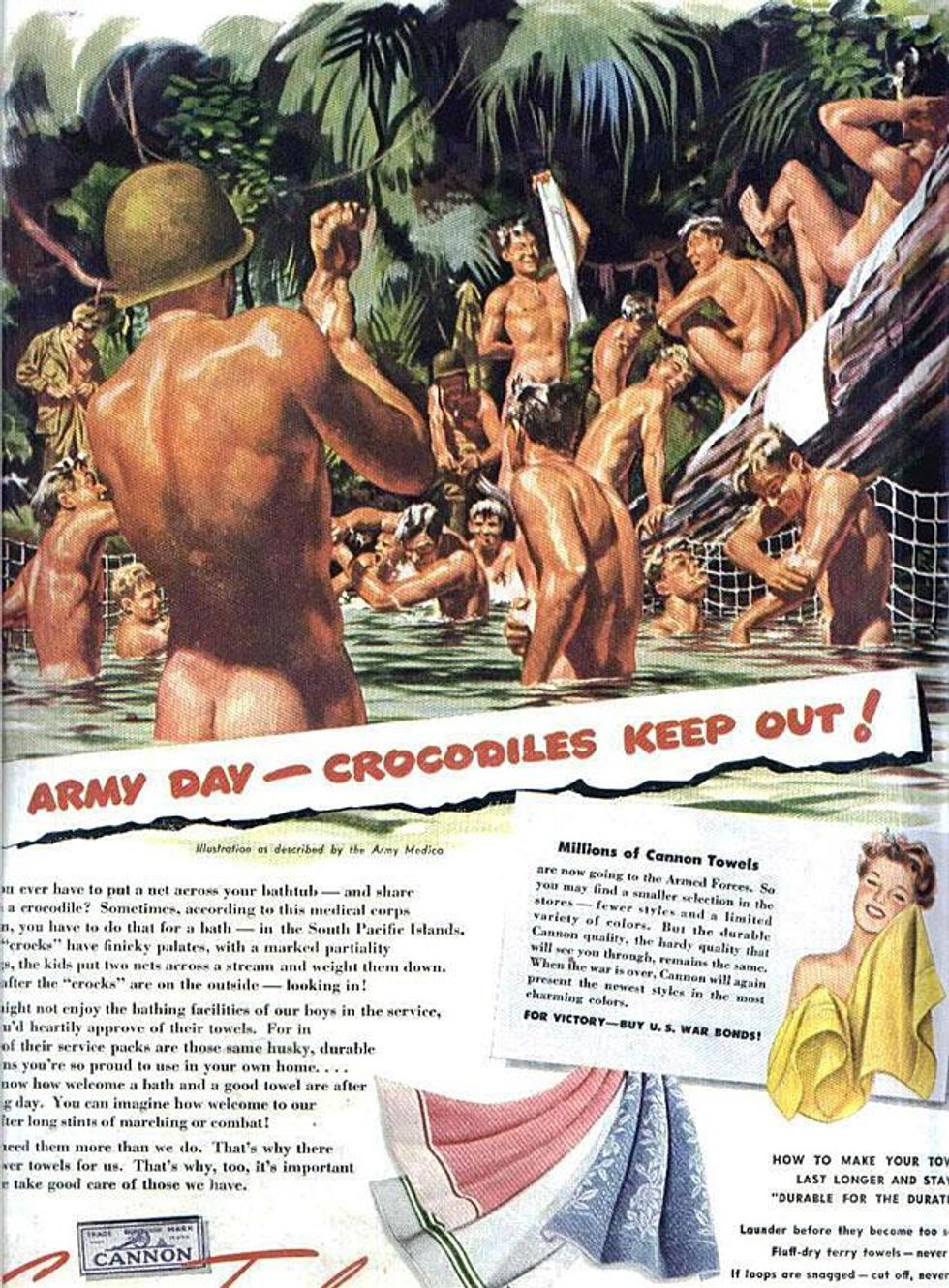
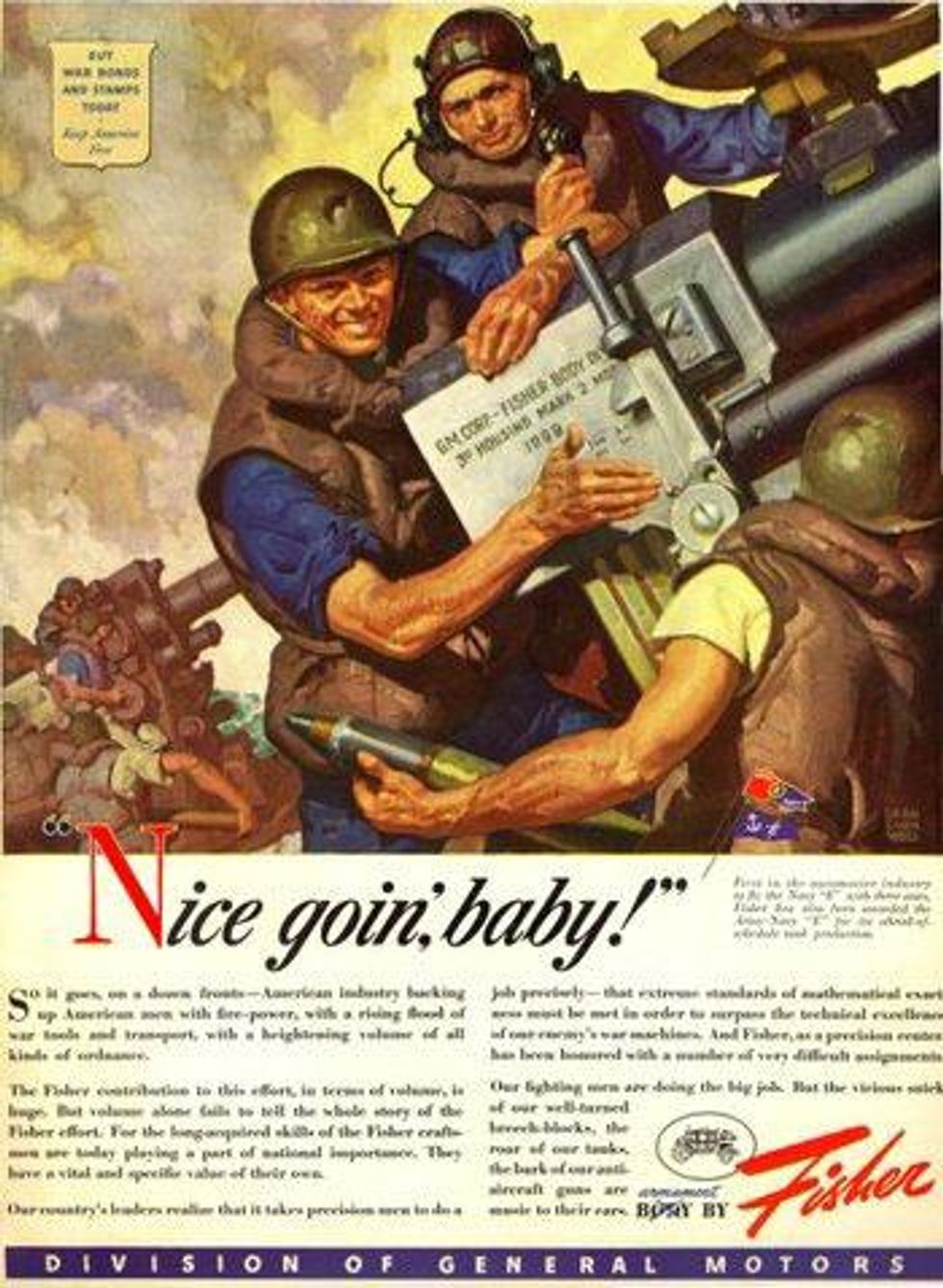
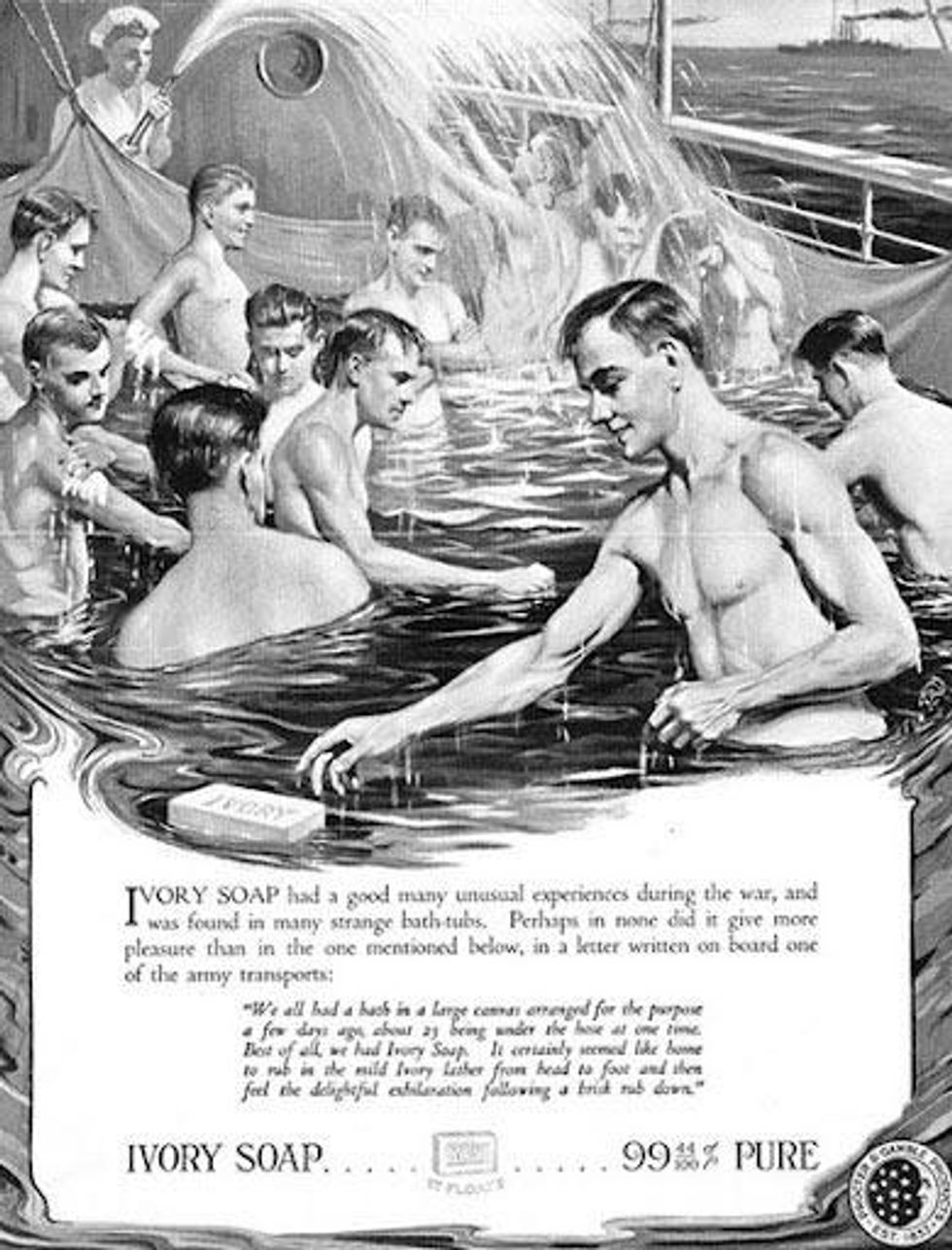
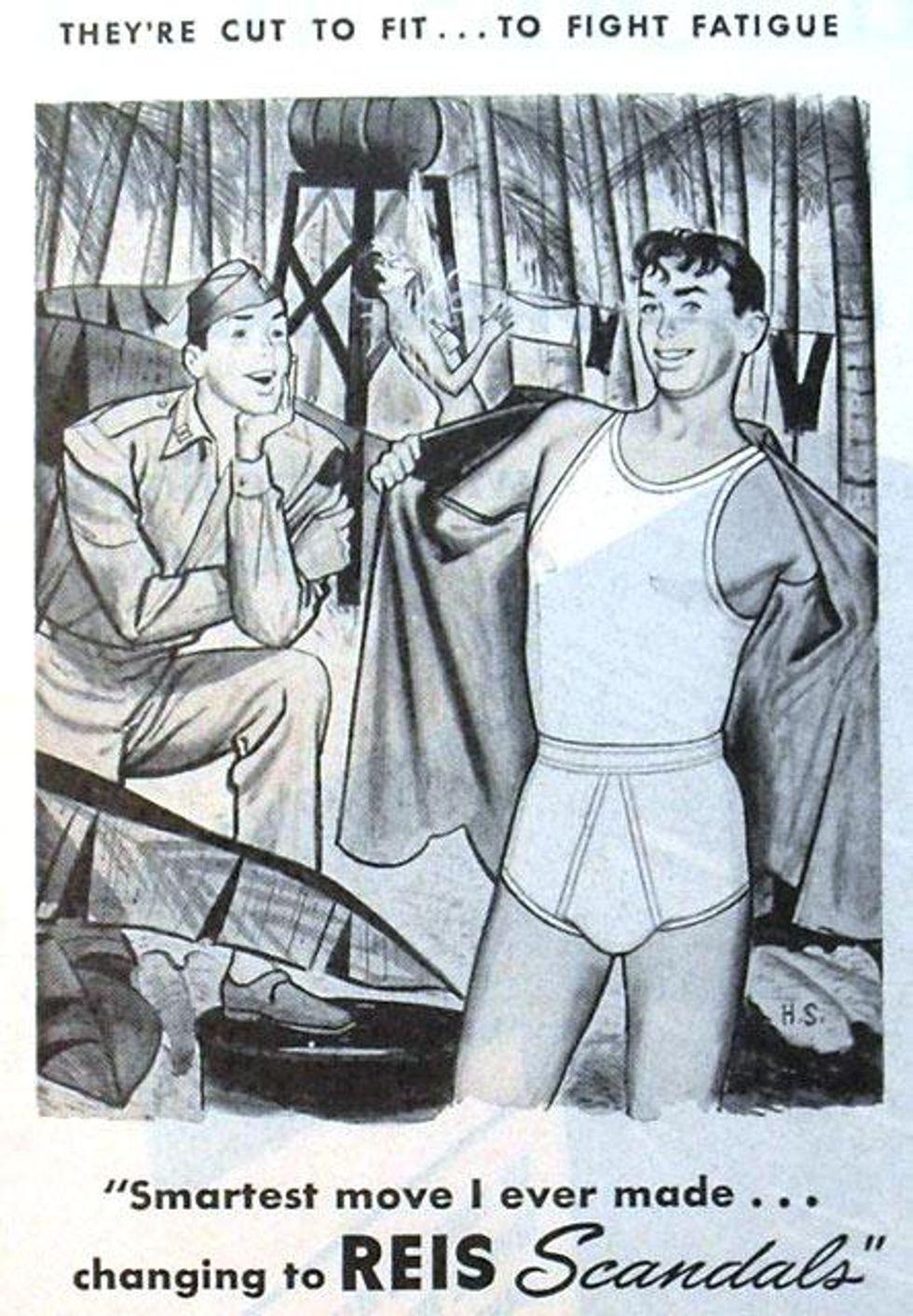
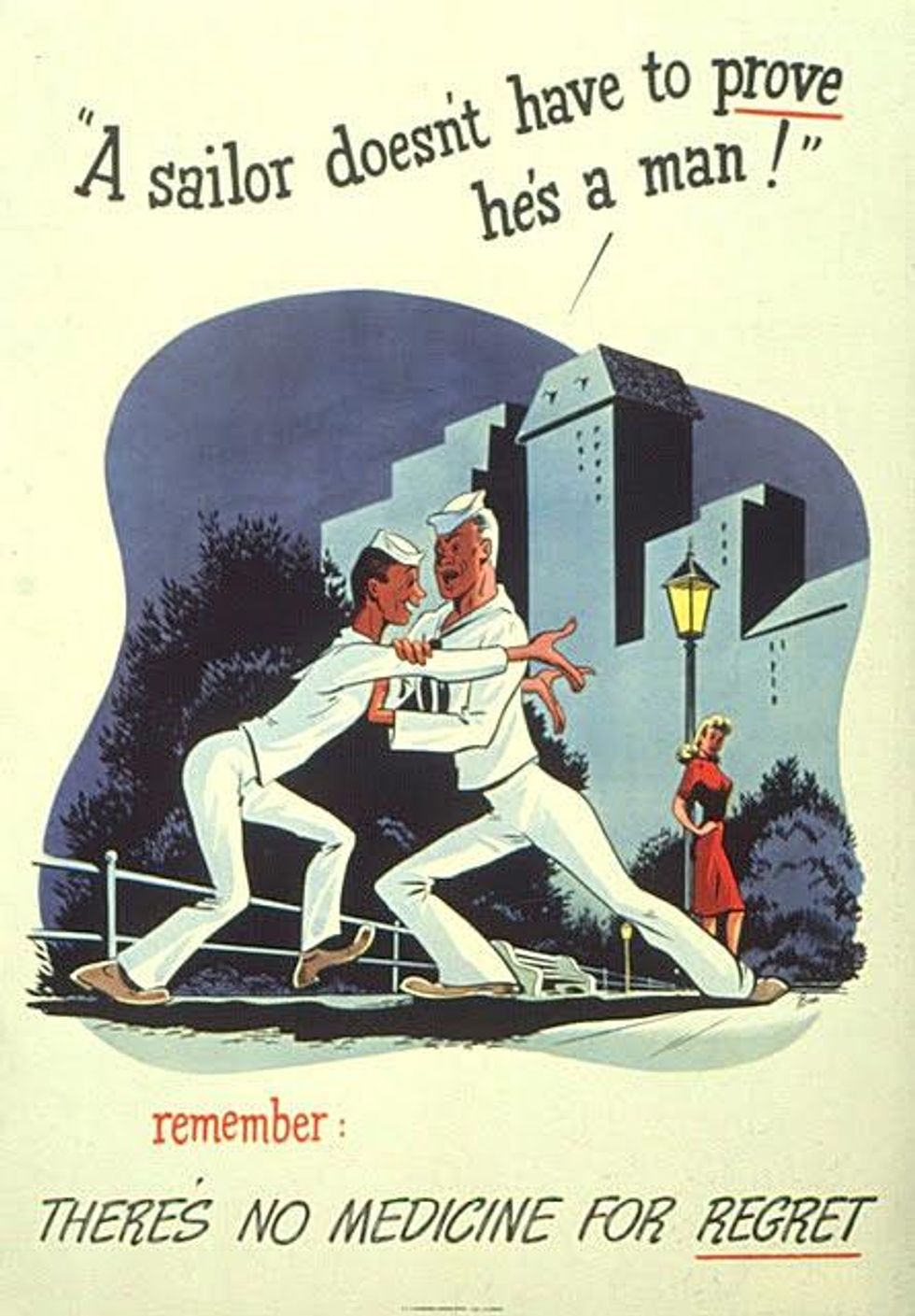
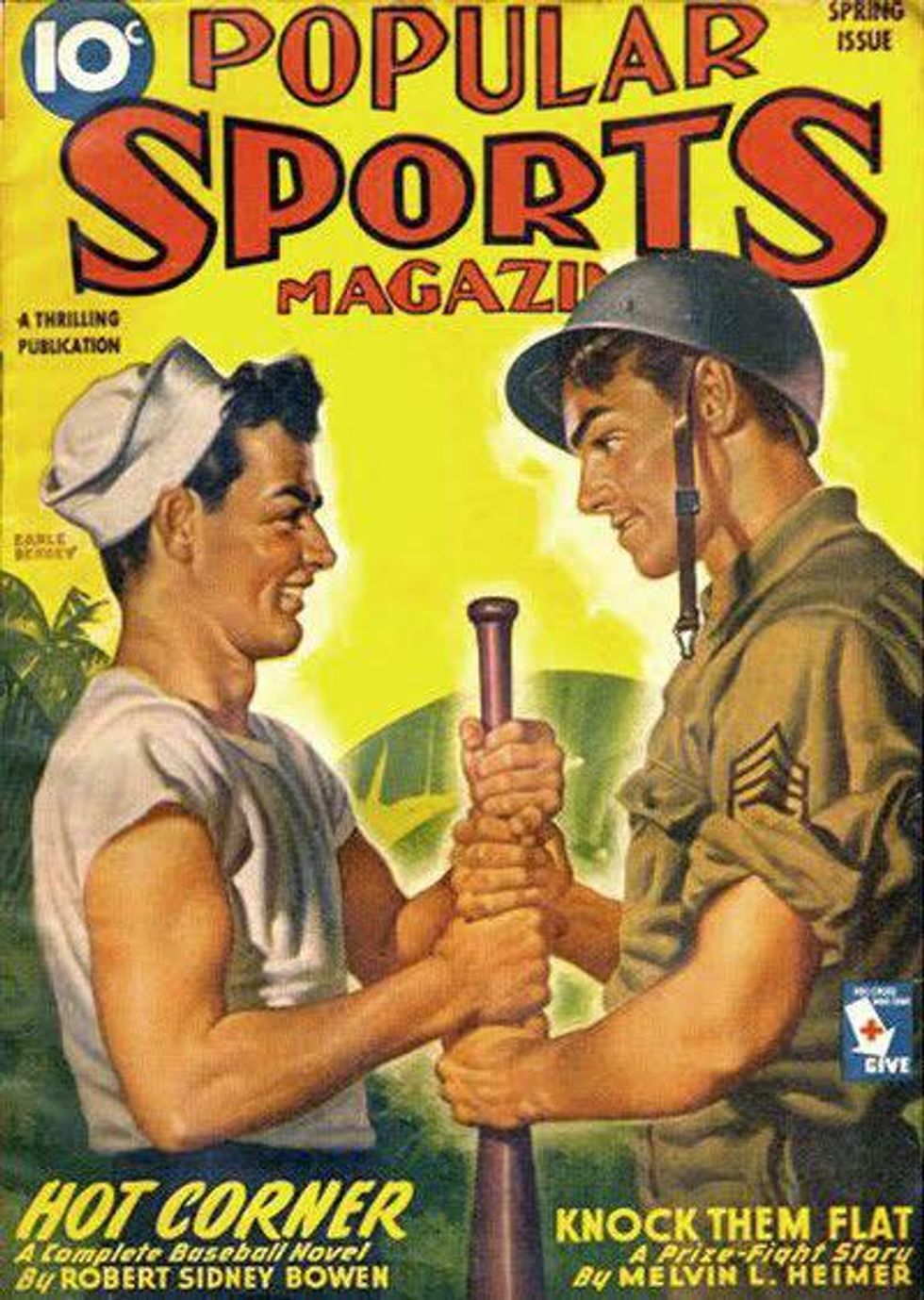
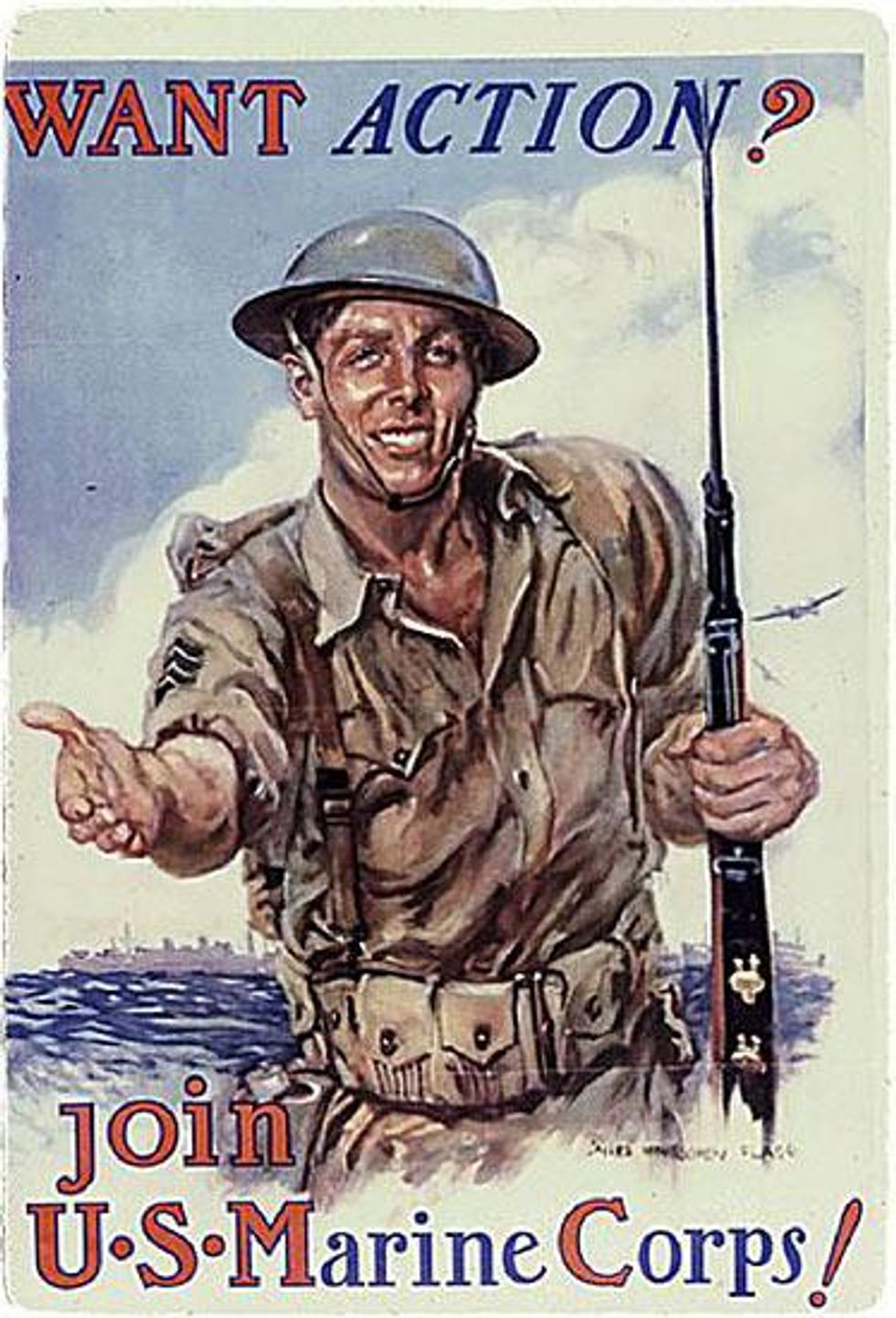
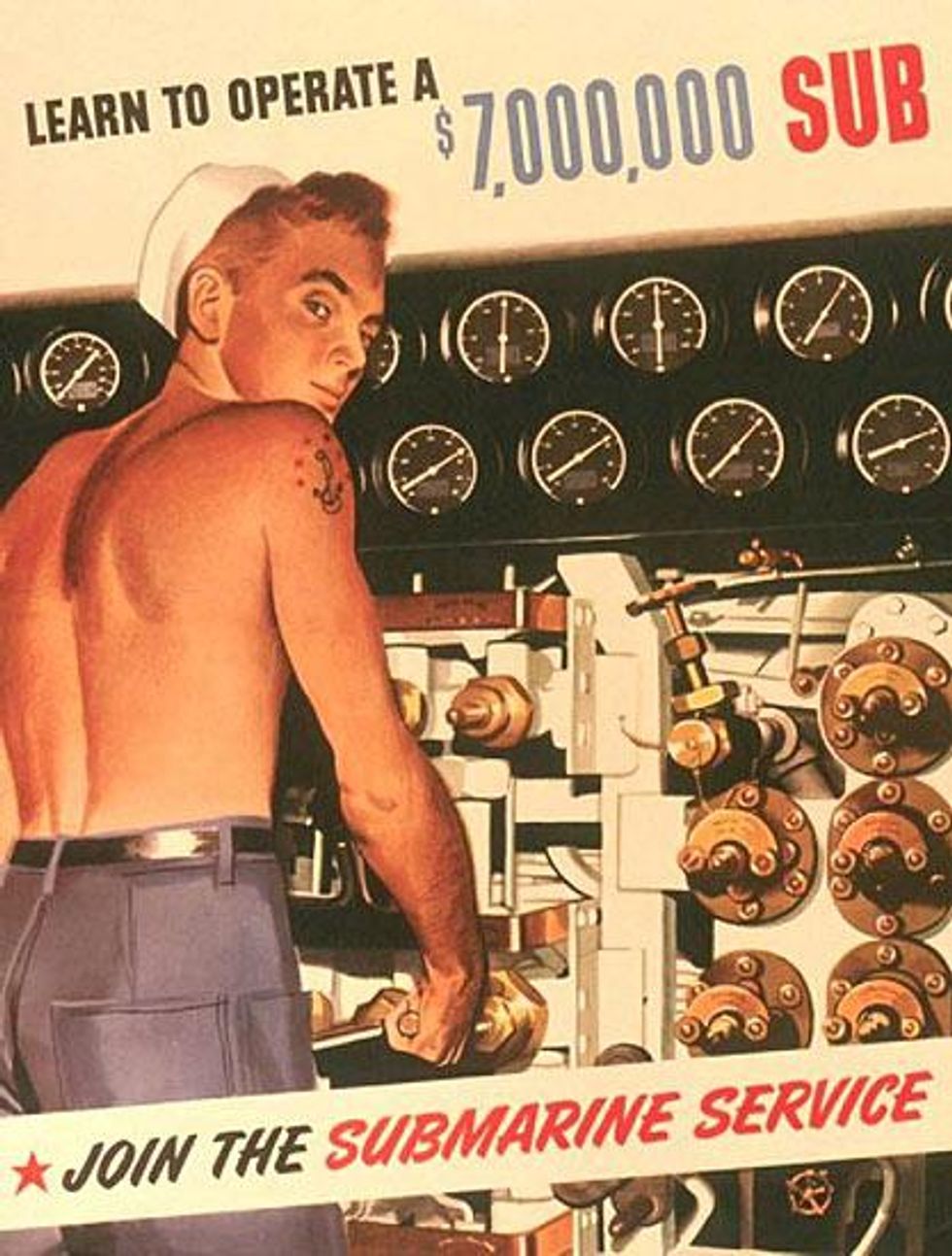
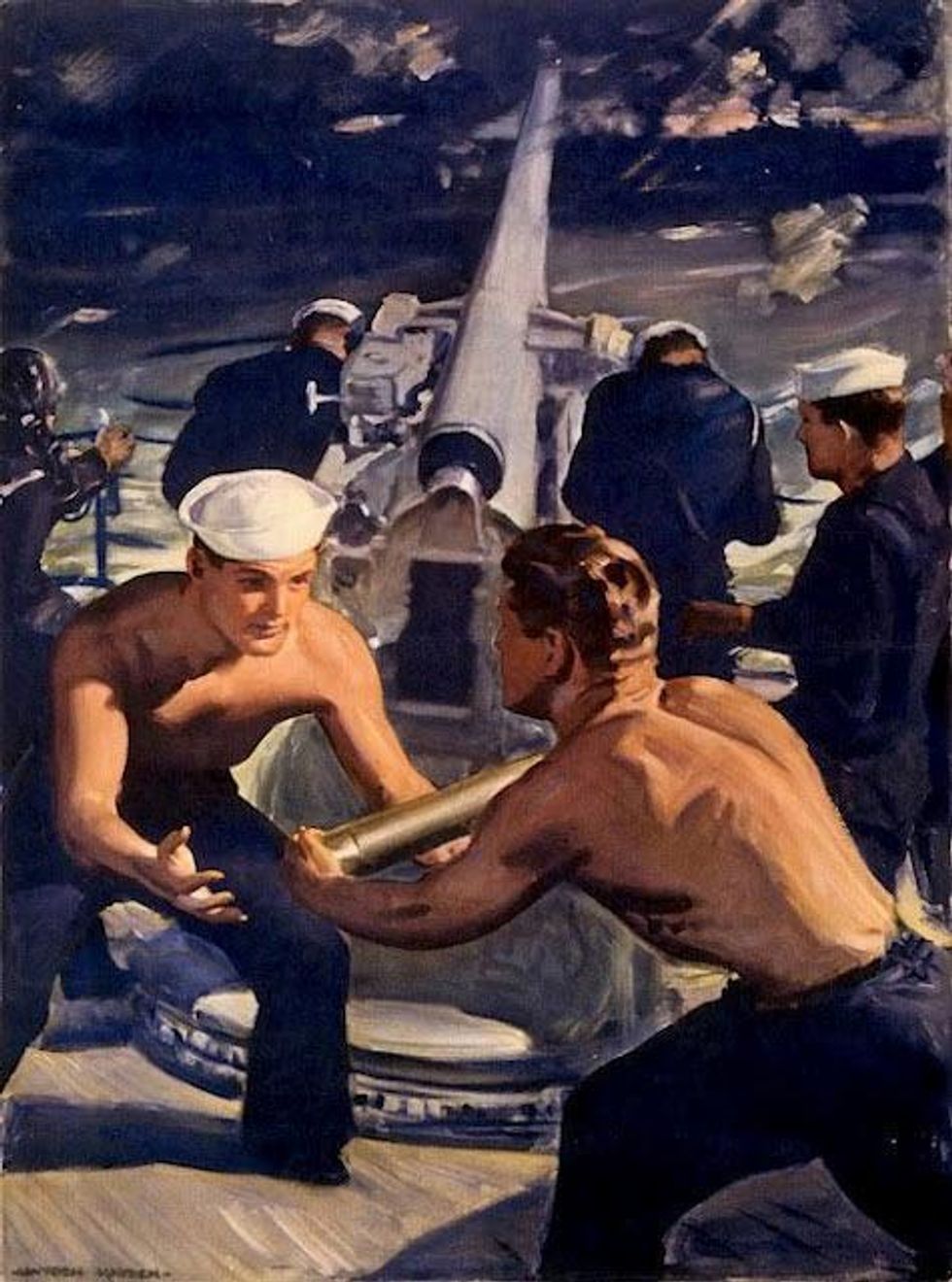
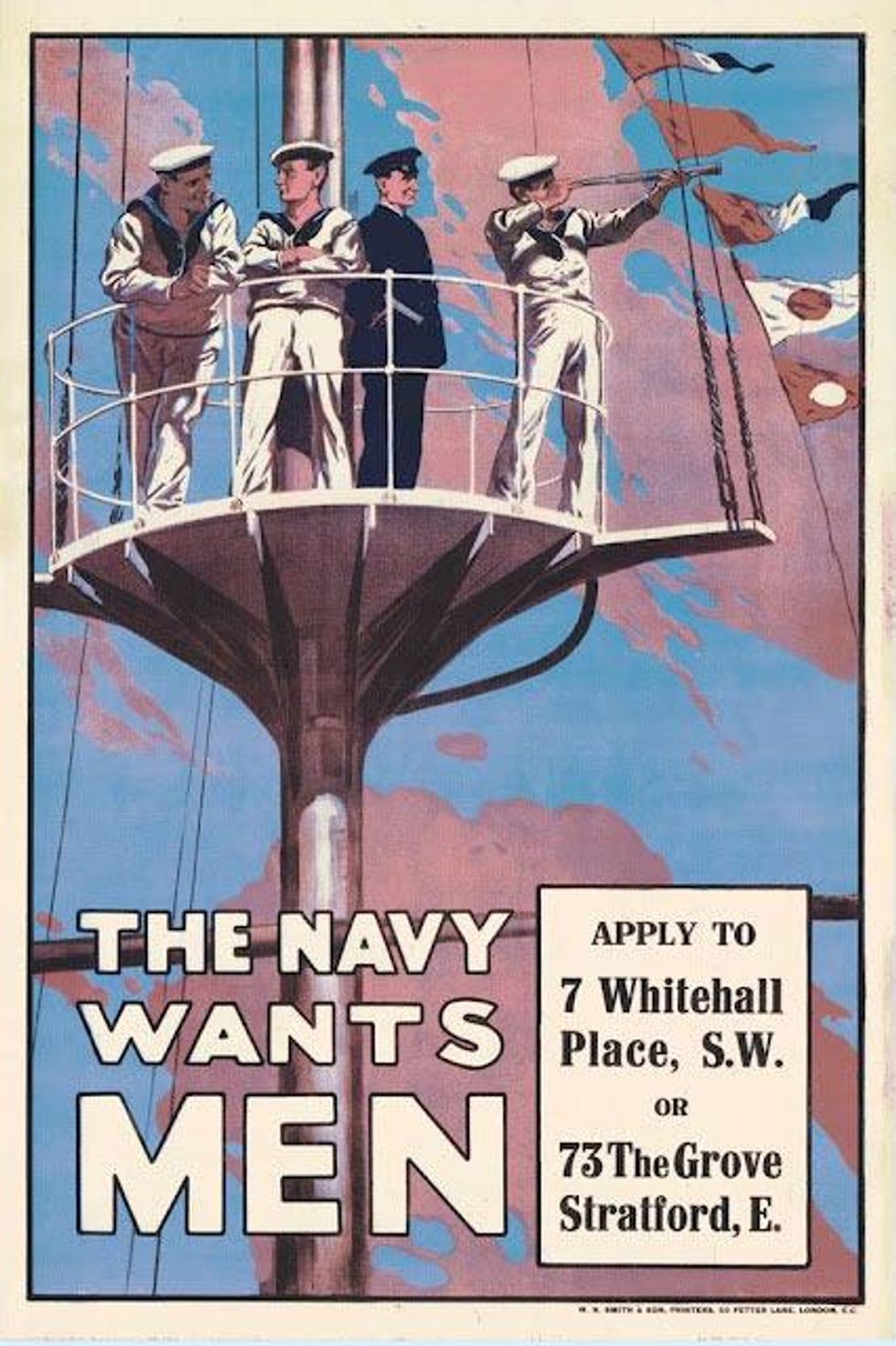
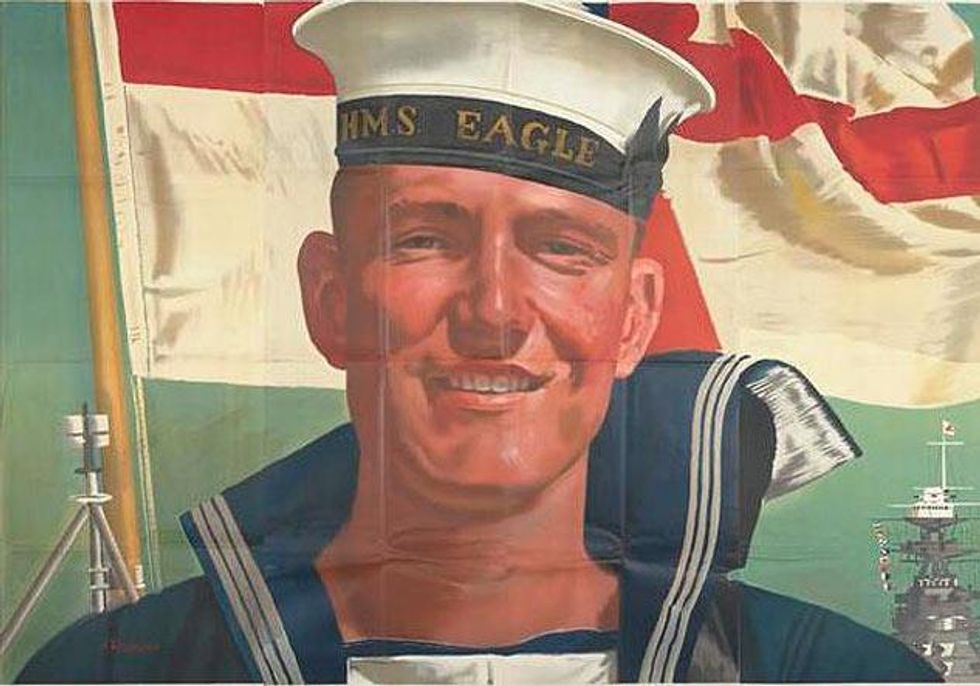
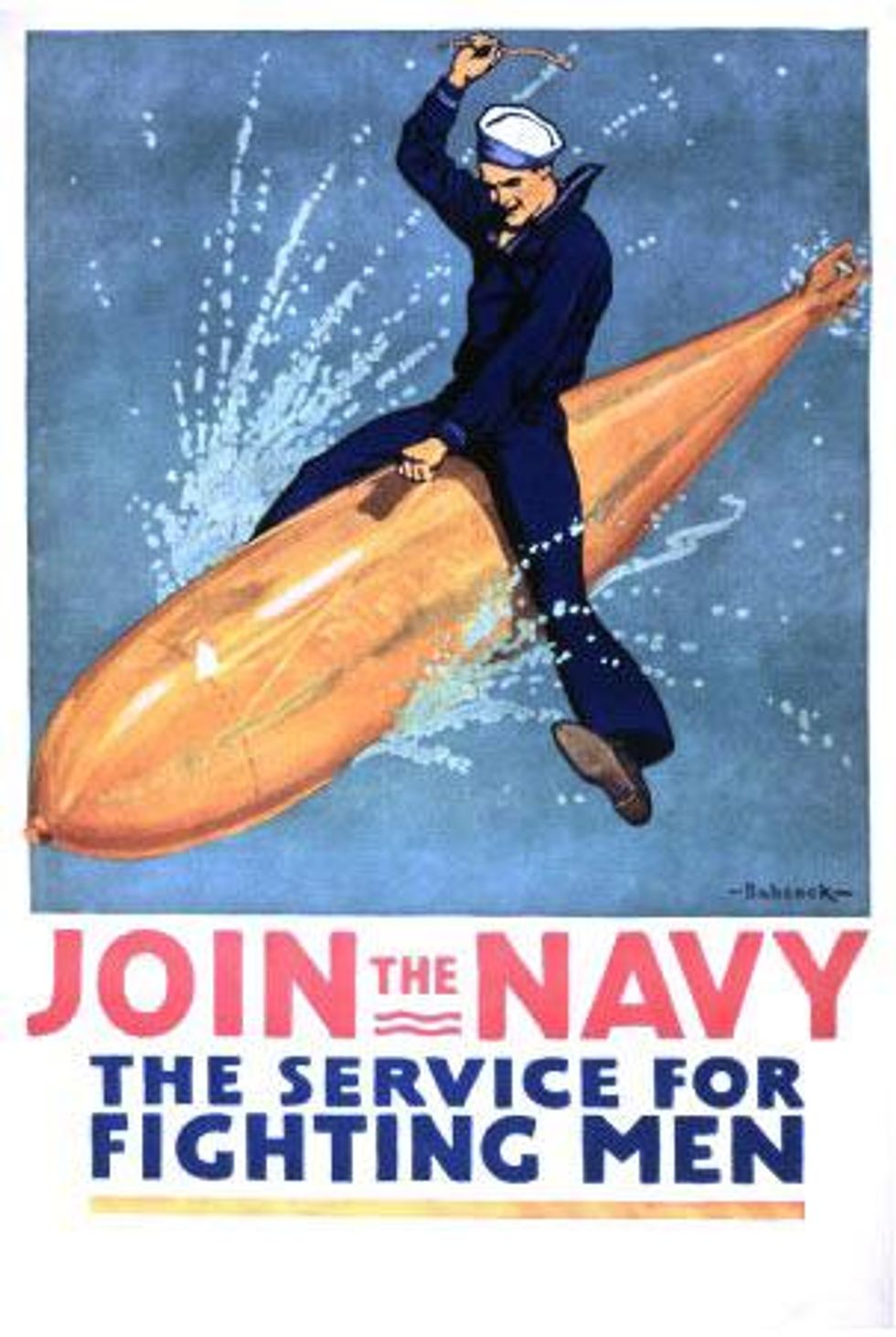
xtyfr
More Galleries
12 movies to watch if you loved ‘Red, White & Royal Blue’
October 27 2025 6:02 PM
LGBTQ+ History Month: 33 queer movies to watch on streaming
October 02 2025 9:02 AM
Drag Me to the Catskills: A weekend of camp and comedy in the woods
May 29 2025 8:30 PM
Boys! Boys! Boys! podcast: A new voice in queer culture
May 01 2025 5:03 PM
Cobblestones, castles, and culture: Your LGBTQ+ guide to Edinburgh
April 30 2025 12:44 PM
Christopher Harrity
Christopher Harrity is the Manager of Online Production for Here Media, parent company to The Advocate and Out. He enjoys assembling online features on artists and photographers, and you can often find him poring over the mouldering archives of the magazines.
Christopher Harrity is the Manager of Online Production for Here Media, parent company to The Advocate and Out. He enjoys assembling online features on artists and photographers, and you can often find him poring over the mouldering archives of the magazines.
